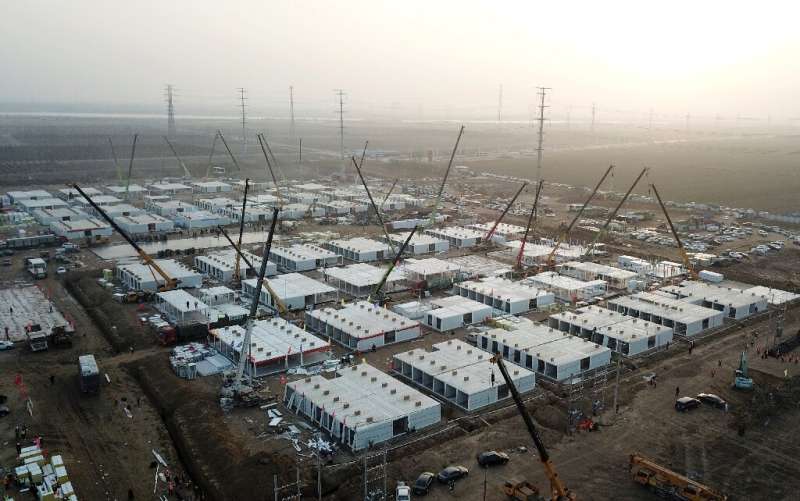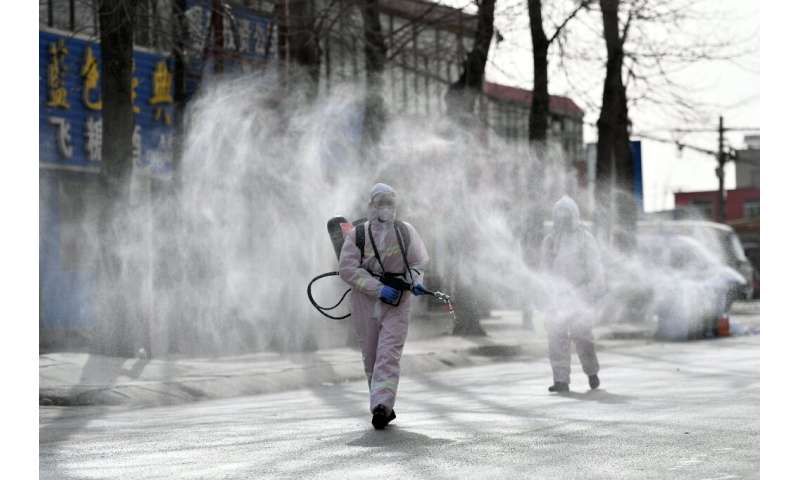Chinese city rushes to build massive COVID-19 quarantine centre


Thousands of prefabricated rooms fill a vast field on the outskirts of China’s Shijiazhuang city as construction crews work around the clock to erect a large quarantine facility to curb the city’s growing COVID-19 outbreak.
China has largely brought the virus under control even as the rest of the world struggles with mounting deaths and overburdened hospitals.
But a spate of small, localised outbreaks has prompted Chinese officials to order mass testing, strict lockdowns and to prepare to move full villages into the quarantine facility to stamp out a resurgence.
The scenes outside Shijiazhuang, northern China, are reminiscent of Beijing’s efforts early last year to build makeshift field hospitals in Wuhan—the central city where COVID-19 cases first emerged—within days.
The quarantine buildings in Shijiazhuang are equipped with bathrooms, Wi-fi and air conditioning and will house close contacts of confirmed virus patients once completed in the next few days.
State broadcaster CCTV showed workers in high-visibility vests and hard hats assembling the cabin-like structures in the dark, while flags bearing the names of construction teams and Communist Party units fluttered from the completed buildings.
The facility is expected to have enough rooms to hold more than 4,000 people once it is completed, CCTV said Tuesday.

Work began on January 13 as northern Chinese cities placed millions under lockdown over hundreds of new infections in recent weeks.
Over 20,000 residents of villages in the surrounding Hebei province have been sent into quarantine in centralised facilities, state media reported last week.
Meanwhile, millions of local residents have been tested for the virus multiple times.
China is on high alert for a potential wave of cases triggered by the upcoming Lunar New Year holiday, which is expected to “pose massive challenges” to virus prevention, senior national health official Wang Bin said last week.
Millions of city dwellers are set to travel to their home towns for celebrations.
Source: Read Full Article




